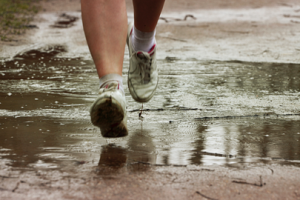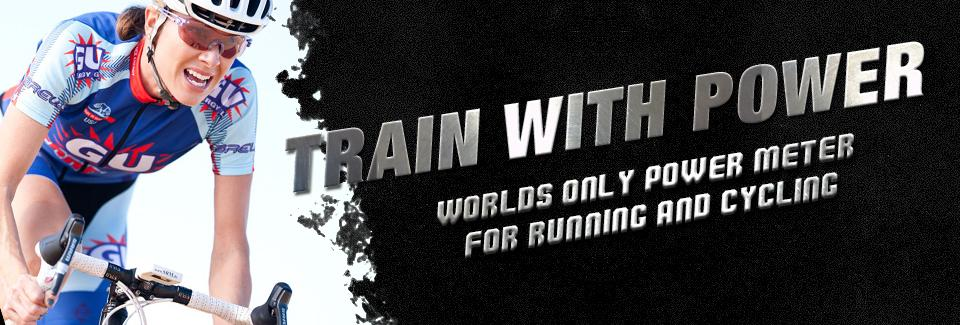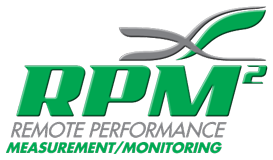 Endurance athletes have likely heard the words “gait analysis” at some point or another in their athletic careers. The use of gait analysis to study the way people move is gaining momentum—especially in the world of professional sports. In recent years, more physicians, therapists, and athletic trainers have recognized the importance of monitoring and analyzing the gait to help improve performance and reduce wear and tear on the body. Here we address a few common questions regarding gait analysis.
Endurance athletes have likely heard the words “gait analysis” at some point or another in their athletic careers. The use of gait analysis to study the way people move is gaining momentum—especially in the world of professional sports. In recent years, more physicians, therapists, and athletic trainers have recognized the importance of monitoring and analyzing the gait to help improve performance and reduce wear and tear on the body. Here we address a few common questions regarding gait analysis.
What does gait analysis actually mean?
First, let’s define gait. When it comes to athletes, gait is defined as how the entire body moves to facilitate foot movements. To analyze gait, trainers and physicians look at the body as a system. In addition to monitoring foot movement, trainers and sports medicine professionals look at other factors including weight distribution, cadence, stride, and the positioning of the hips and knees during movement.
Gait analysis, along with other data, can essentially provide a detailed account of an athlete’s unique system of movement that relates to flexibility, strength, and stability during performance.
What can gait analysis reveal?
Gait analysis can reveal biomechanical issues that may impede performance and even lead to injuries. For instance, gait analysis can pinpoint compensations—such as alteration in posture and mechanics to compensate for a weak or injured part of the body. Over time, unaddressed compensations can lead to habitual patterns. Once compensations become bad habits, athletes are typically unaware of the impact incorrect movement has on performance and recovery.
Today, products are available to help athletes analyze their performance without the need for hours-long tests in clinical settings. With RPM²’s revolutionary footbeds, athletes perform pre-set exercises that measure cadence, step time, and gait. The data is then available for view through an application compatible with iOS and Android operating systems. To learn more, visit our secure online store.








